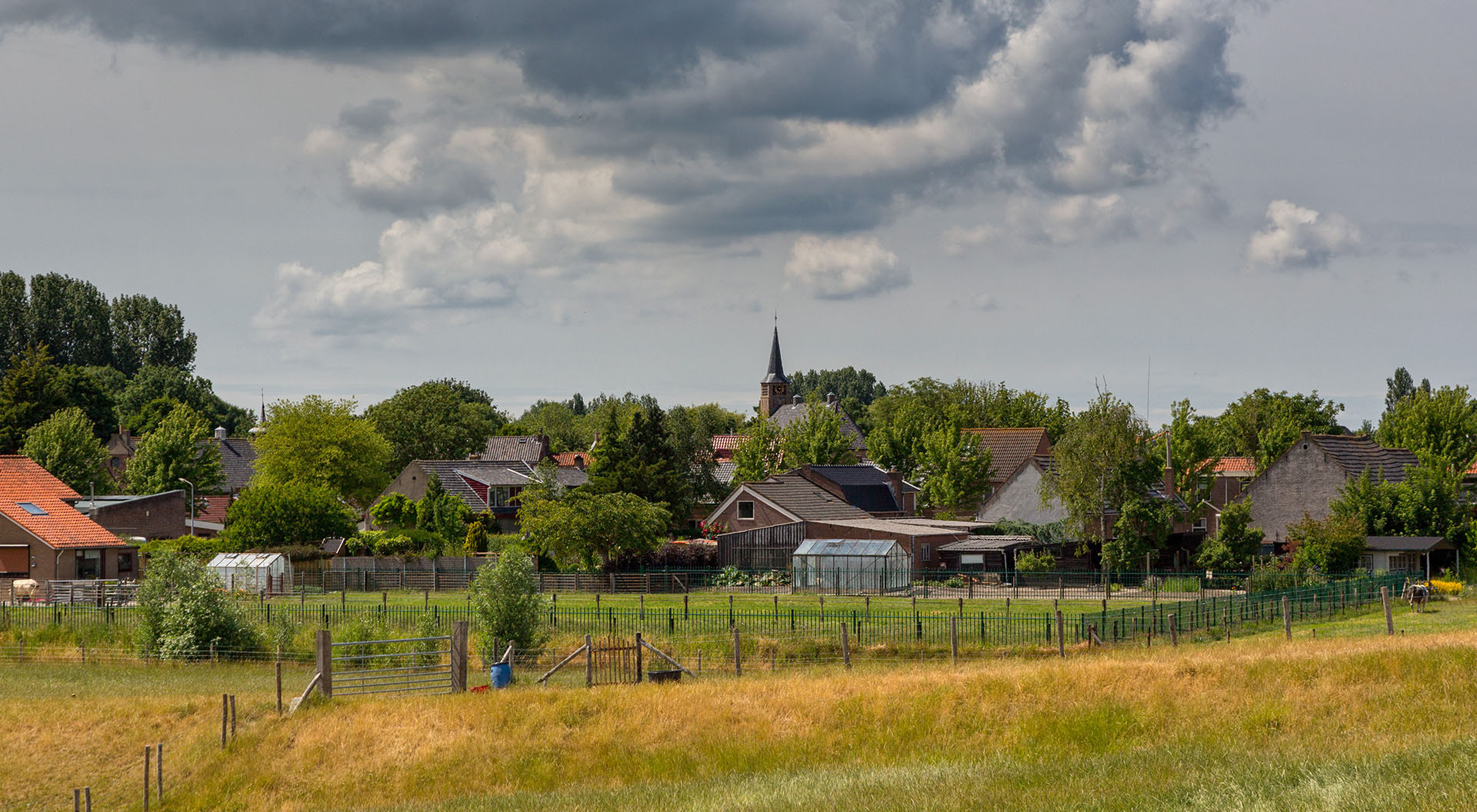Green hydrogen for a sustainable built environment
In Stad aan ‘t Haringvliet, business and social parties are working together with private individuals to possibly switch to hydrogen as a replacement for natural gas in 2025. This offers property owners the opportunity to choose whether, how and when they want to save on their energy consumption, while they already meet the requirement for sustainable heating. It is important that it fits within the rules, that the solution is suitable for other comparable areas in the Netherlands or even Europe and of course that it is technically possible.
All this stands or falls with the support of the residents and other property owners of Stad aan ‘t Haringvliet, who have a decisive voice in the project. In 2021, the project will discuss a detailed proposal with the residents based on a safe, warm and affordable alternative to natural gas based on green hydrogen. The residents receive the right information to decide on a switch to this alternative, whereby they can also individually opt for an electrical solution with a heat pump.


